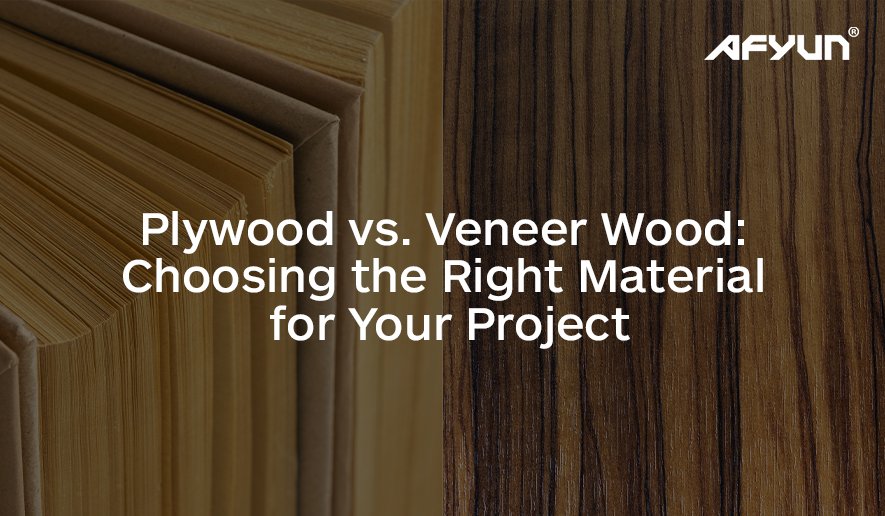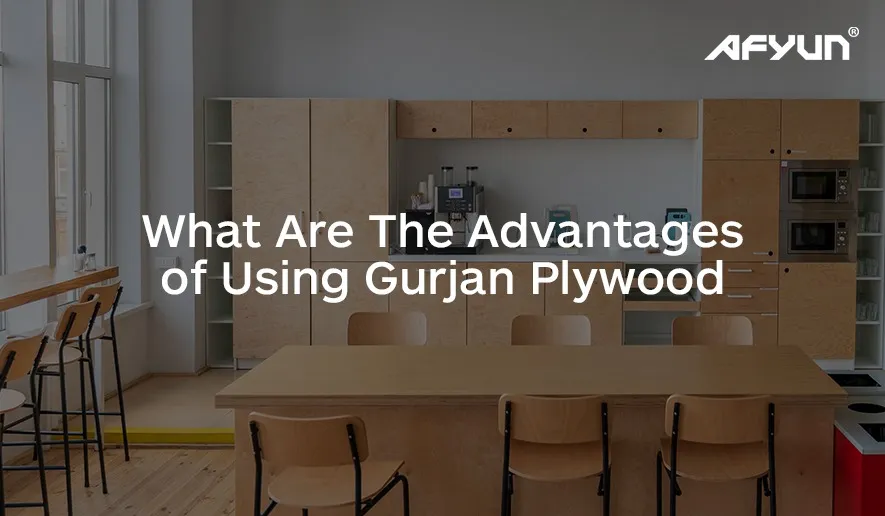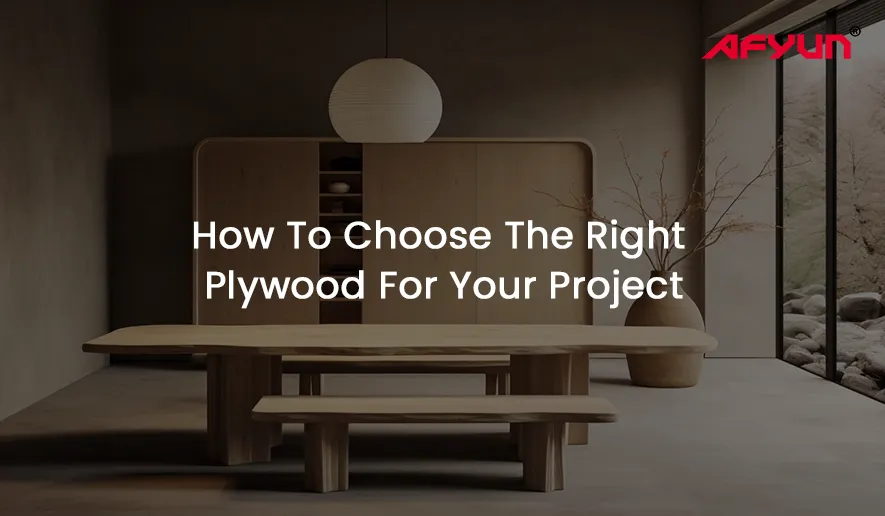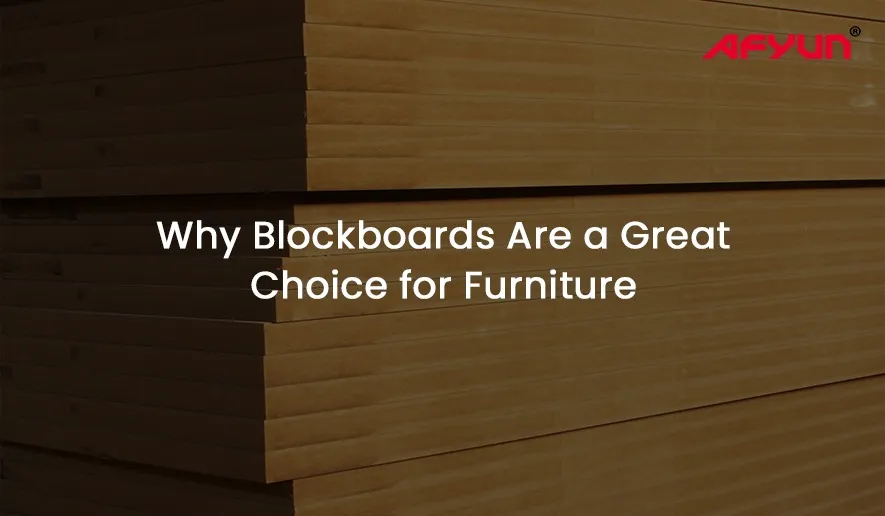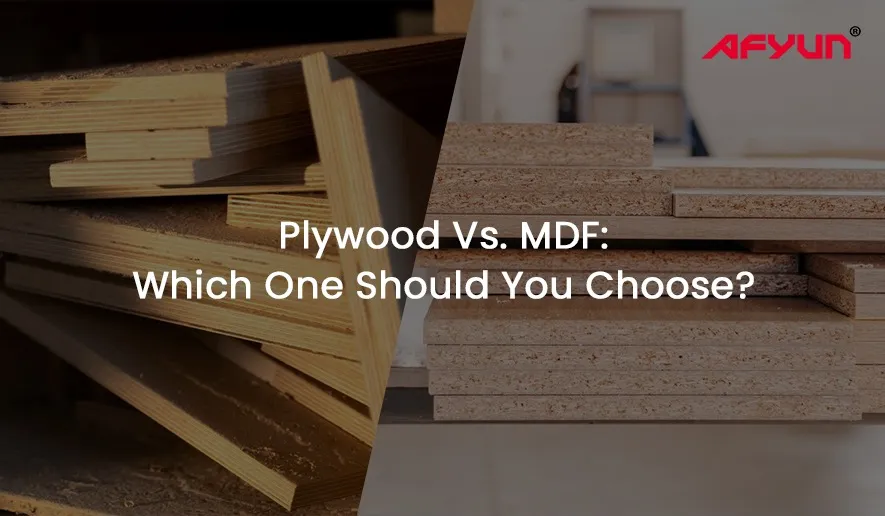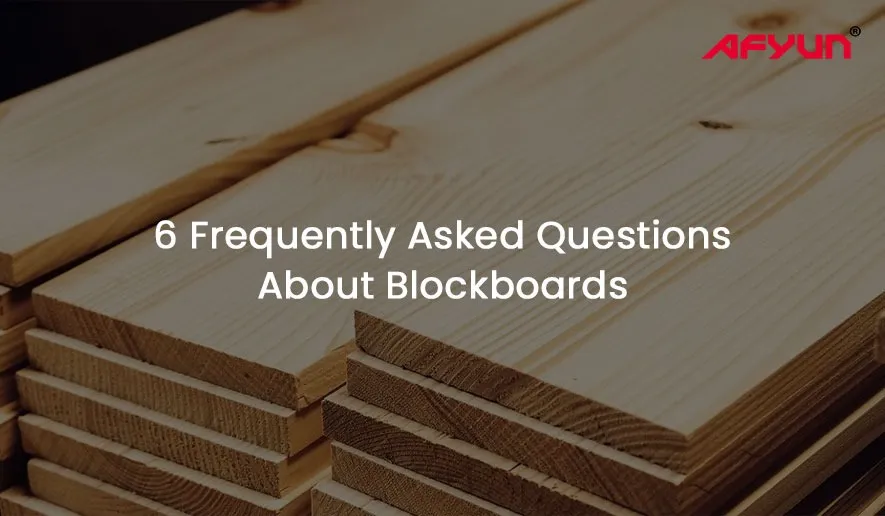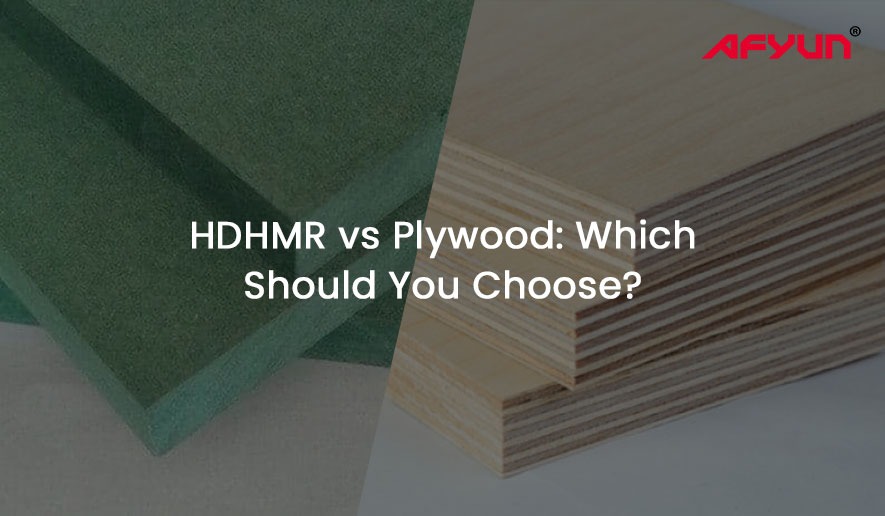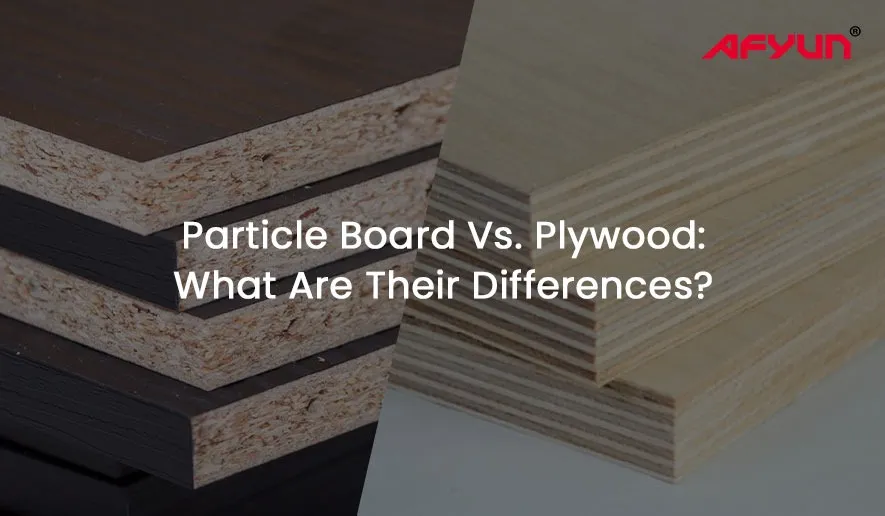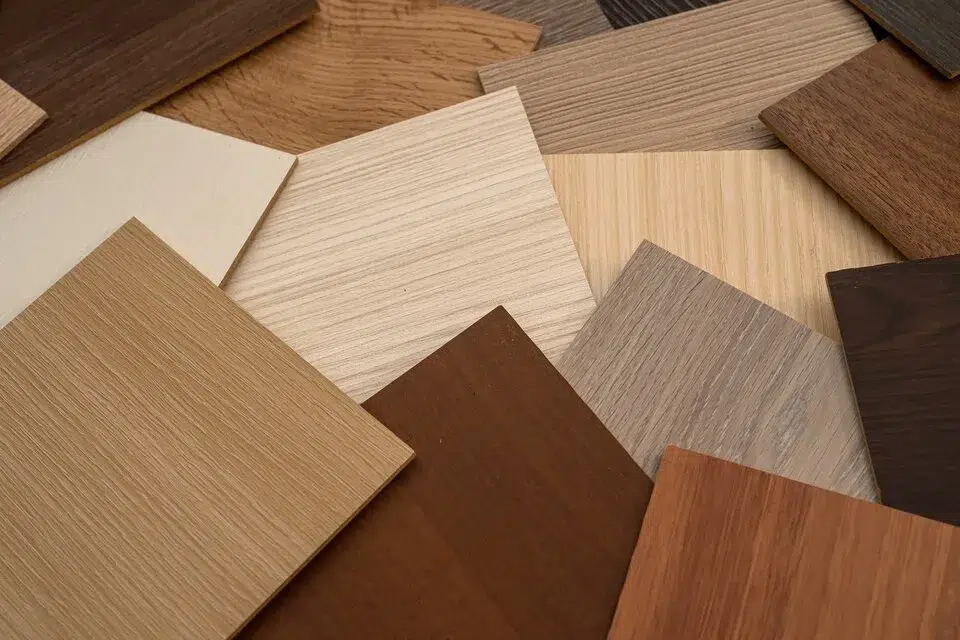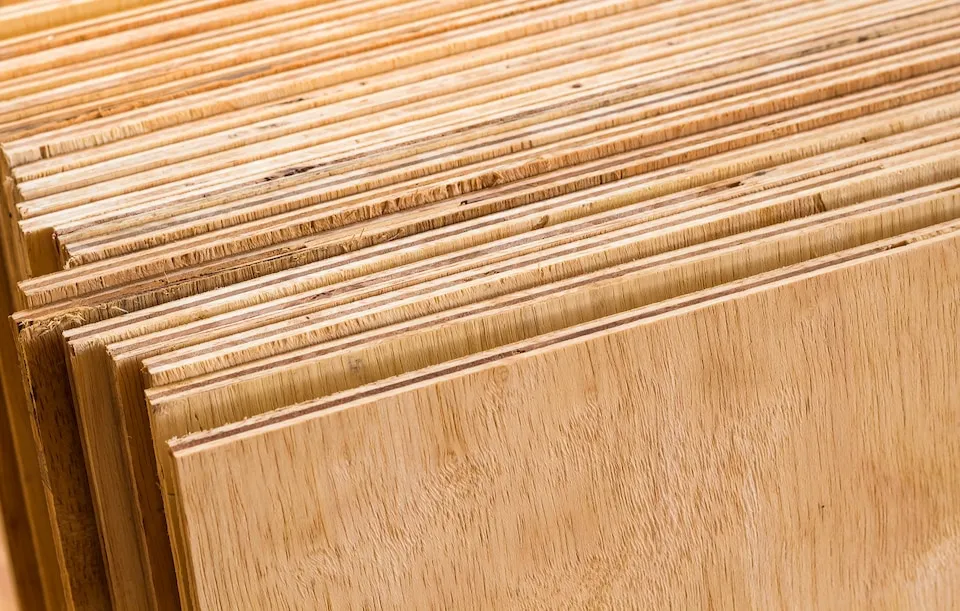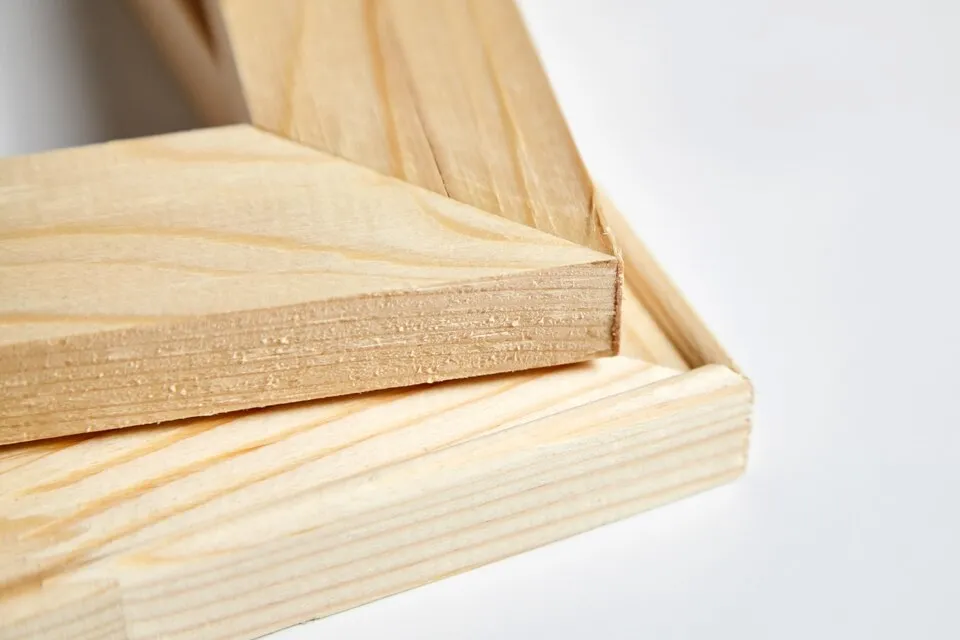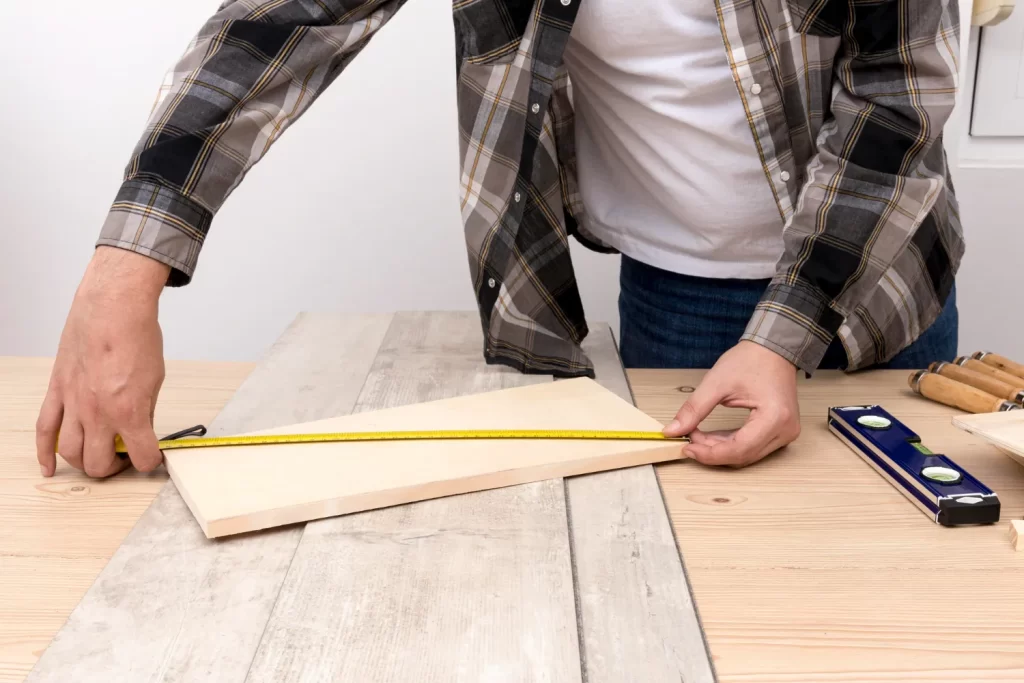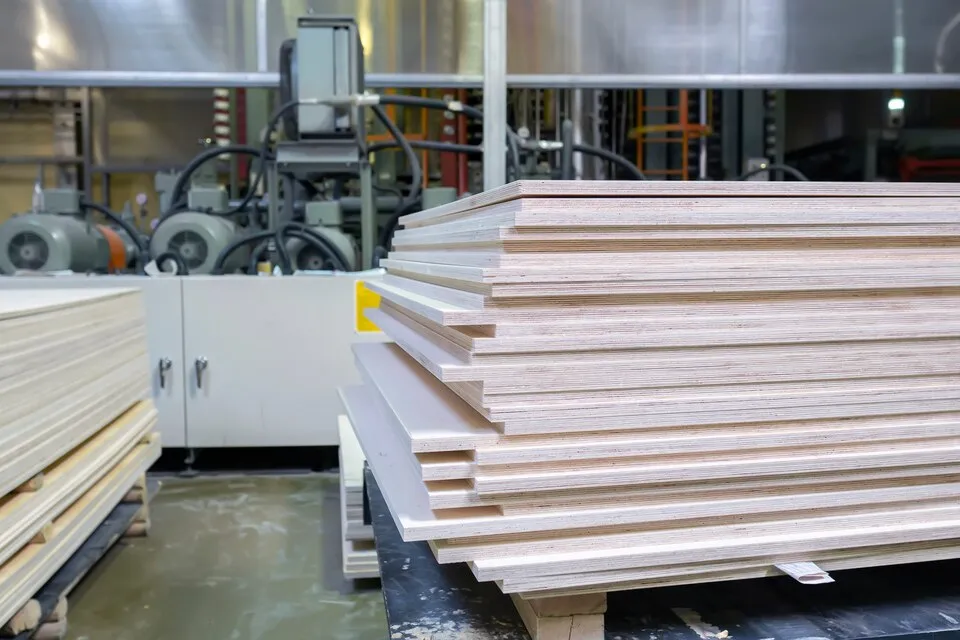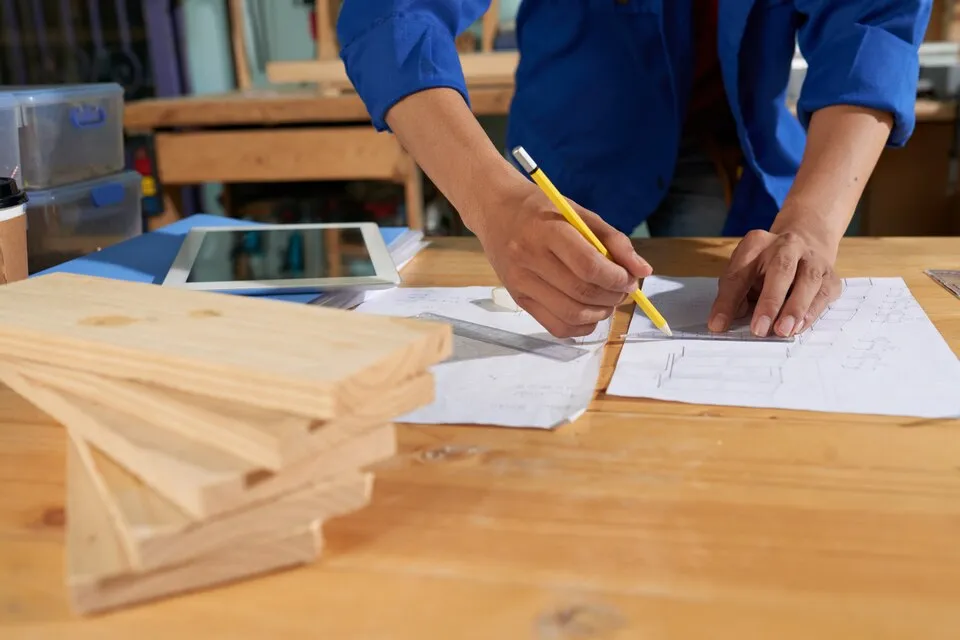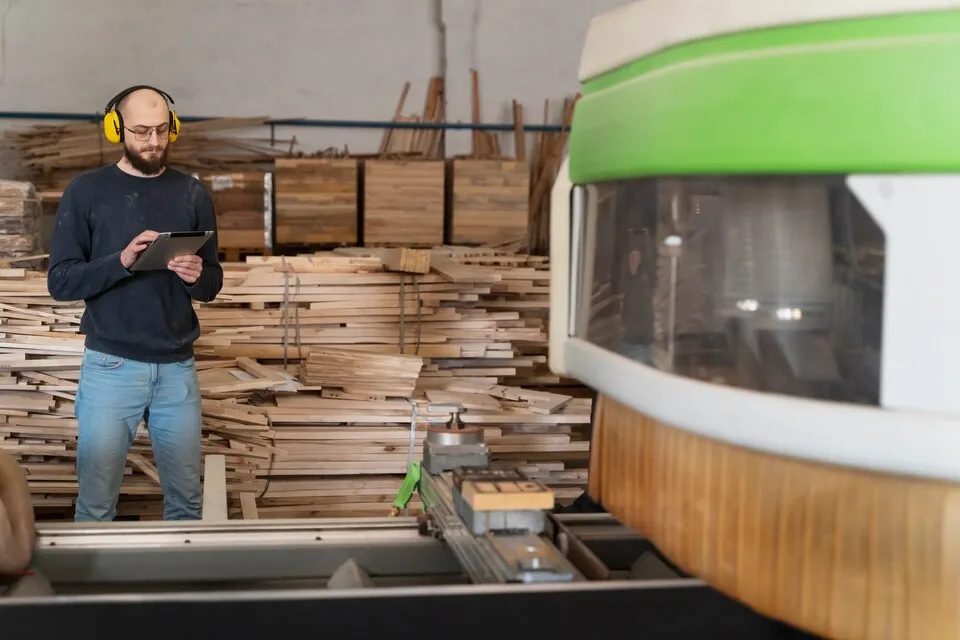When selecting materials for furniture, cabinetry, or construction, understanding the differences between plywood and veneer wood is essential.
Each material has unique characteristics and applications that make it suitable for different projects.
In this blog, we’ll explore the distinctions between plywood and veneer wood, highlighting the advantages of using high-quality plywood products from trusted brands like Afyun.
What is Plywood?
Plywood is an engineered wood product made from multiple layers of wood veneer glued together.
The layers are arranged with the grain of each layer running perpendicular to the adjacent layers, enhancing strength and stability.
Plywood is known for its durability, resistance to warping, and versatility, making it a popular choice for various applications, from furniture to flooring.
Key Features of Plywood:
- Durability: Plywood is designed to withstand stress and pressure, making it ideal for heavy-duty applications.
- Variety of Grades: Available in different grades and types, including marine plywood, fire-retardant plywood, and borer-proof options, there’s a plywood type for every need.
- Sustainability: Many manufacturers focus on eco-friendly practices, using responsibly sourced materials to create their products.
What is Veneer Wood?
Veneer wood consists of thin slices of wood, usually less than 3mm thick, that are glued onto core panels (often made of plywood, particle board, or medium-density fiberboard).
Veneer wood is primarily used for decorative purposes, allowing for the appearance of solid wood at a lower cost.
Key Features of Veneer Wood:
- Aesthetic Appeal: Veneer provides a beautiful finish and can mimic the look of expensive hardwoods, making it a popular choice for furniture and cabinetry.
- Cost-Effectiveness: Because it uses less solid wood, veneer can be a more economical option while still providing an attractive appearance.
- Limited Durability: Veneer is generally less durable than plywood, as it can be susceptible to chipping, peeling, and water damage if not properly sealed.
Comparing Plywood and Veneer Wood
| Feature | Plywood | Veneer Wood |
| Strength | High strength and durability | Lower strength, primarily decorative |
| Thickness | Thicker and more stable | Thinner layers of wood |
| Cost | Generally more expensive | More affordable due to less solid wood |
| Applications | Furniture, cabinetry, flooring, etc. | Surface finishes on furniture, cabinets. |
| Maintenance | Requires minimal maintenance | Needs careful handling and sealing |
Conclusion
When deciding between plywood and veneer wood, consider the specific needs of your project.
Plywood offers unmatched durability and versatility, making it suitable for structural applications, while veneer wood provides aesthetic appeal for decorative purposes.
For those seeking high-quality plywood that meets rigorous standards, choosing brands like Afyun ensures a reliable and lasting investment for your projects.
Explore the wide range of plywood options from Afyun to find the perfect fit for your next endeavour!
Pages you might like:
Plywood Manufacturers in Kerala | Plywood Manufacturers in Mangalore | Plywood Manufacturers in Bangalore | Plywood Manufacturers in Chennai | Plywood Manufacturers in Tamil Nadu
